The Royal Navy’s new Type 26 frigates will form the core of Atlantic Bastion, the United Kingdom’s emerging anti-submarine warfare (ASW) framework in the North Atlantic, according to written parliamentary responses from Defence Minister Al Carns.
Carns described Atlantic Bastion as “a portfolio of programmes to secure the North Atlantic for the UK and in support of NATO against a range of underwater threats.”
The initiative is designed to integrate new and existing platforms into a digitally networked system, linking ships, aircraft, and autonomous sensors into a single operational picture.
At the heart of that system will be the Type 26 frigate force. Each ship is equipped with a flexible mission bay that can host a range of uncrewed surface and underwater vehicles, supporting the layered acoustic surveillance network central to Bastion’s design. The frigates’ quiet propulsion, advanced sonar suite, and modular architecture make them ideal as command nodes in what the Strategic Defence Review 2025 called an “integrated, multi-domain approach.”
Carns said capability options under Atlantic Bastion are already being submitted for consideration in the upcoming Defence Investment Plan, including technologies “deployable from the Type 26 Frigate Force.” These include acoustic detection systems powered by artificial intelligence and linked into the Royal Navy’s digital targeting web, which will fuse data from surface ships, submarines, and maritime patrol aircraft to accelerate tracking and engagement of hostile submarines.
The minister confirmed that Atlantic Bastion will operate separately from Baltic Sentry, a NATO-led initiative in the Baltic Sea, but that both efforts will share intelligence and lessons learned. He also pointed to collaboration under AUKUS Pillar 2, where the UK, U.S., and Australia are developing “an algorithm to support Maritime Patrol Aircraft processing systems,” intended to inform the next generation of AI-enhanced underwater surveillance.
Together, these assets, it is hoped, will form the foundation of a networked, AI-driven barrier against adversary submarines, realising the Strategic Defence Review’s call for a “comprehensive and layered sensor network operating on, above and below the water.”


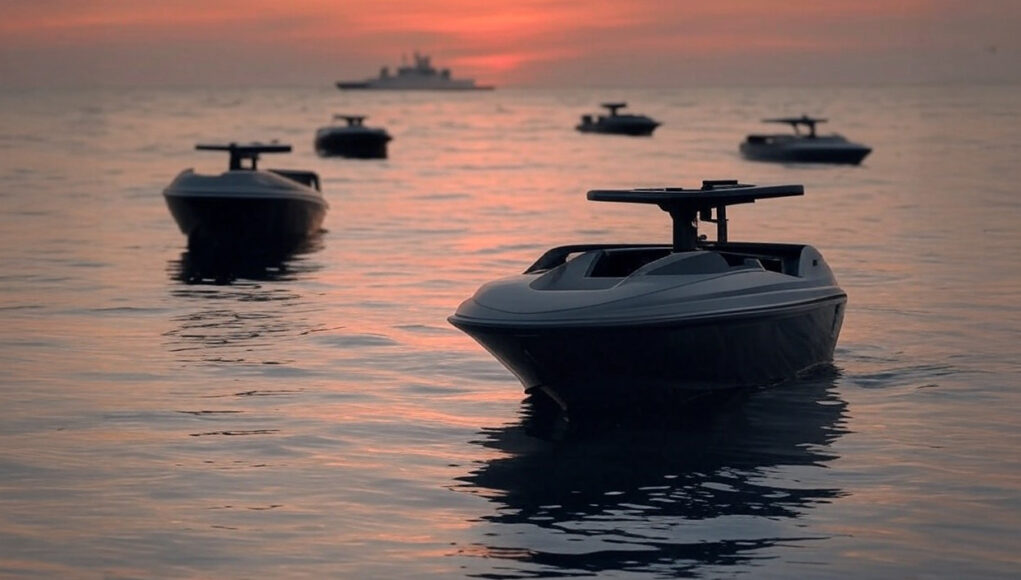
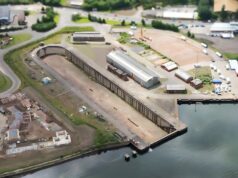
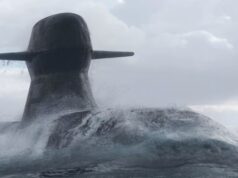
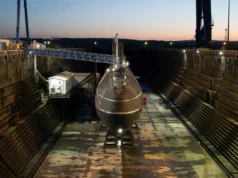

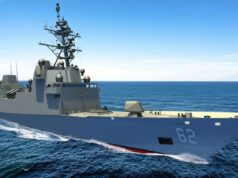
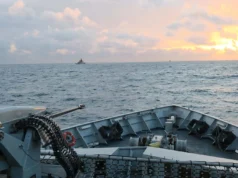

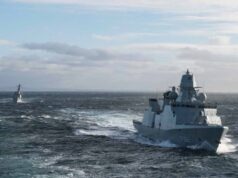
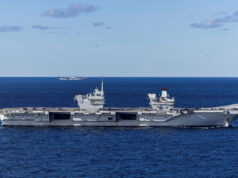
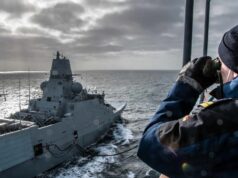

all great but at the danger of being repetitious, how many new platforms? how soon?
twenty years
How will Norway fit into this system?
Like a Glove.
Another way of confirming T32 was just a Borris mis-speak ?
t32 won’t be happening.
No shit !
If the unmanned components (surface and submarine) are there in decent numbers, plus including Norwegian ships in the mix, T32 would become nice but hardly likely to happen.
“a portfolio of programmes to secure the North Atlantic for the UK” Am I the only one worried when you hear overblown expectations of this nature when we are still years away from even the first ship becoming active. Even if all these ships and proposed platforms were active I think such a claim is totally vainglorious. No such hyperbole can be deemed valid till it’s truly tested. This smacks of the arrogance about the invulnerability of Singapore after all ‘you couldn’t take those little yellow Asians seriously’ and we all know how that ended. I want to know that we are best prepared to defend this vital area with proven resources not ridiculous claims of this nature, when it will require concerted efforts all all manner of broader NATO Countries and assets working extremely efficiently together to provide serious security in this region. Hyperbole should not be involved, quiet confidence based on facts and assets is far more convincing.
Atlantic Bastion looks like the RN’s way of securing budget under the new ‘NATO First’ system. The doctrine is sound, we just need sufficient investment and numbers to achieve it and the RN will become an Atlantic-centered navy again in the way it usually has been throughout modern history.
Get enough towed arrays on USVs and it will be very difficult for the Russians, the Chinese and most importantly the French to operate without detection at some point.
To quote you; Spyinthesky from above [… ‘you couldn’t take those little yellow Asians seriously’…]
Single quotation marks ‘ ‘ also known as ‘quote marks’, ‘quotes’, ‘speech marks’ or ‘inverted commas’, show direct speech and the quoted work of other writers
After extensive look across Kagi, google, Bing, Openverse, DuckDuckGo and others and I can’t find a single reference to this ‘quote’ except yours, your comment popped up everywhere.
… Racist much?
Calm the F down buddy! FFS. Take a breath, stop looking for turpitude where none exsits, it a neurotic disorder.
“a portfolio of programmes to secure the North Atlantic for the UK” is neither; overblown, vainglorious, hyperbolical, arrogant or ridiculous. Maybe, just maybe, you are unable to parse the sentence and resolve the syntax, although it’s quite a simple sentence.
– A range of initiatives to protect the North Atlantic for the UK.
– Many plans to guard big watery bit for your safety.
On a mission ?
Ok, order batch 2 of type 31 and also integrate into them. Also, when does Denmark announce their frigate selection?
Supposed to have been at the end of September, but I wouldn’t get your hopes up. The Danish government put out a statement following the FT article essentially saying nothing has been decided. It looks as though Babcock and the FT might have jumped the gun.
Thanks.
There is no money!
Ok.
The SOSUS and IUSS which covers the GIUK gap, and I understand other certain choke points, is I believe overwhelmingly American.
How does that plug into this Bastion?
It must, surely?
And the control centre for SISUS IUSS is in America.
Who calls the shots?
Does anyone see a major issue with this concept? Numbers, how many T26s will we have? EIGHT, with three designated for a carrier group, 2-3 for the ‘Atlantic Bastion’ we have run out of ships with tails. So either we need more T26s, this could be the best solution but expensive, more T31s with tails, more affordable but not the best solution due to flexibility. Or a T32 with tail based on the T31 for affordability but needs a redesign for a multi mission bay/deck to act as a mother ship, more expensive that the T31 but less than the T26. The stretched T31 concept from Babcock would do the job.
None of those are happening, we’re relying on drone ships saving us
Atlantic Bastion is Phase 2 of CABOT. Atlantic Net is Phase one – this is a COCONO (Contractor Owned, Contractor Operated, Naval Oversight) programme where said contractor provides and operates autonomous USVs in the GIUK gap (amongst other things). Bastion is effectively the handing over to a GOGO (Gov owned, Gov operated) programme. Not sure where T26 will fit in Atlantic Net (unless provided as GFE!). Personally, I think Bastion is a pipe dream – RN has too few SQEP and other manpower in general.
Am I the only one who looks at that picture and imagines yellow rubber ducks with antenna bobbling around instead of toy boats???
I sure hope so…sigh…it was a long day.